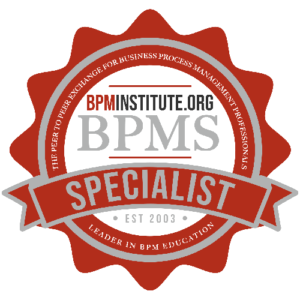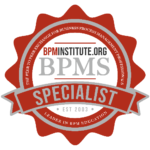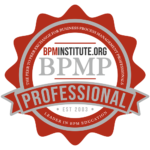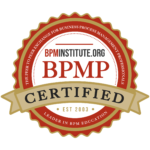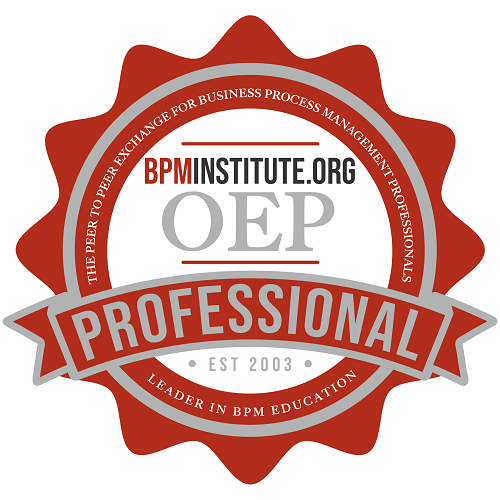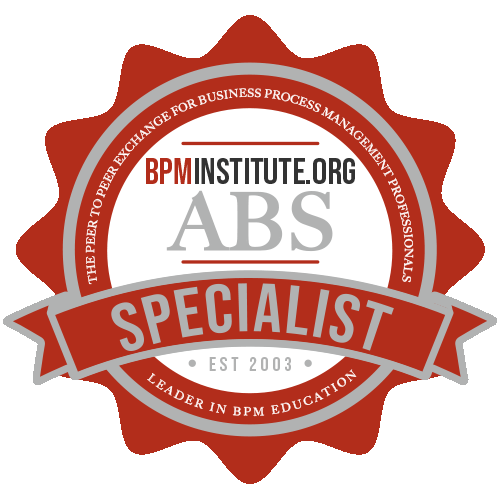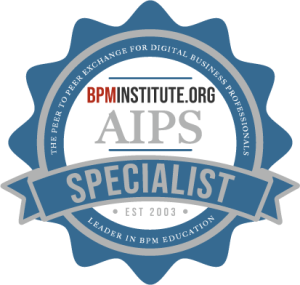Transitioning from localized BPM projects to an enterprise-wide approach can feel both exhilarating and daunting. While small-scale process improvements are valuable for quick wins, the true power of Business Process Management (BPM) emerges when it shapes an entire organization’s operational and strategic decisions. If you’ve honed your BPM skills on department-level or pilot projects and are ready to expand their impact, this article will guide you through key considerations and strategies for scaling BPM across the enterprise.
Why Scale BPM?
Most organizations begin their BPM journey with a focus on targeted pain points—perhaps a confusing approval workflow or an inefficient customer onboarding process. These small successes showcase BPM’s potential, generating momentum and excitement. However, leaving BPM siloed in one department means missing out on deeper transformation opportunities.
When scaled, BPM can:
- Unite Departments: Processes often span multiple teams; scaling BPM ensures everyone is aligned under a common methodology and language.
- Drive Strategic Alignment: Instead of viewing BPM as a tactical fix, you can tie improvement projects directly to overarching business objectives.
- Optimize End-to-End Value Chains: Many inefficiencies hide in the “white spaces” between departments. Enterprise-wide BPM shines a light on these gaps, leading to more holistic solutions.
Establish a BPM Governance Structure
Scaling BPM means you’ll have more people, processes, and technologies to coordinate. To keep everything running smoothly, you need a governance structure—a framework for decision-making, accountability, and standards. This involves:
- Executive Sponsorship:
Obtain buy-in from C-level executives who can champion BPM as a strategic priority. Their support is crucial for allocating resources and reinforcing the importance of process-related changes. - BPM Center of Excellence (CoE):
Many organizations create a CoE dedicated to BPM. This team centralizes best practices, training, and tool selection. It also serves as a consultative body for different departments looking to launch or expand BPM initiatives. - Process Owners and Stewards:
For each major process, designate an owner responsible for its performance, upkeep, and improvement. Stewards can assist process owners with day-to-day management tasks, ensuring consistency and focus.
By defining clear roles and responsibilities, you reduce ambiguity, prevent power struggles, and establish a strong foundation for scaling.
Standardize Your Methodology
When you’re dealing with only a handful of BPM projects, each team might use its own method or tool. But as you scale, inconsistency can lead to confusion and errors. Standardization doesn’t mean forcing everyone into a rigid framework; it means providing a consistent baseline that still accommodates flexibility. Typical steps include:
- Common Modeling Language:
Agree on a standard process notation—like BPMN—so diagrams and documentation look the same across the organization. - Shared Metrics and KPIs:
Decide which performance indicators (e.g., cycle time, cost per transaction, error rates) everyone should track. Consistent KPIs make it easier to compare performance across departments. - Documentation Templates:
Provide standard templates for process descriptions, analysis, and improvement plans. This ensures no critical information gets left out and speeds up audits or reviews.
Standardization streamlines collaboration, ensures quality, and makes it easier to identify best practices that can be replicated elsewhere.
Align with Organizational Strategy
Enterprise-wide BPM isn’t just about operational efficiency; it’s about strategic impact. Instead of asking, “Which process is broken?” you might ask, “Which processes, if improved, will have the greatest effect on our strategic goals?” This mindset shift involves:
- Strategic Roadmaps:
Identify key initiatives—such as expanding into new markets or improving customer satisfaction—and link BPM projects to these initiatives. When process improvements directly support top-level priorities, it’s easier to secure executive support. - Portfolio Management:
Treat your BPM projects like a portfolio, prioritizing those with the highest ROI or the greatest alignment to strategic imperatives. This approach ensures you allocate resources effectively rather than spreading them too thinly across multiple minor efforts. - Regular Check-Ins:
BPM initiatives at scale require ongoing alignment. Schedule quarterly or monthly reviews where stakeholders discuss progress, share lessons, and re-prioritize as needed.
By anchoring BPM projects to the organization’s broader objectives, you foster a culture where process excellence is recognized as a key driver of success.
Foster a Culture of Continuous Improvement
Scaling BPM means evolving from a top-down directive to an organization-wide ethos. At this level, everyone feels responsible for process excellence, from frontline employees to senior leaders. To nurture this culture:
- Training and Education:
Offer advanced BPM training, workshops, or certification paths for employees. Encourage them to propose improvements grounded in the BPM methodology. - Open Channels for Feedback:
Establish mechanisms (like suggestion boxes, digital forums, or process improvement teams) where employees at all levels can highlight inefficiencies and propose ideas. - Celebrate Wins:
Recognize teams and individuals who drive significant process improvements. Celebrations could be as simple as highlighting them in company newsletters or hosting a “Process Excellence Day.”
When BPM becomes a mindset rather than a project, you build an internal engine for ongoing innovation and adaptability.
Overcoming Common Pitfalls
Scaling BPM is not without challenges. Some pitfalls to watch out for:
- Over-Scoping:
Trying to transform every process at once can overwhelm teams. Even at scale, an incremental approach—prioritizing mission-critical processes first—generally works best. - Resistance to Change:
As BPM initiatives span departments, some employees may feel threatened or overloaded. Effective change management strategies—clear communication, training, and leadership backing—are paramount. - Underestimating Data Needs:
Enterprise-level BPM relies heavily on data to measure outcomes. Failing to integrate the right analytics or ignoring data quality issues can undermine efforts.
Scaling BPM from small departmental projects to enterprise-wide initiatives can revolutionize how your organization operates and competes. The journey involves establishing governance, standardizing methods, aligning BPM with strategic priorities, and fostering a culture where continuous improvement thrives. By tackling these components thoughtfully and consistently, you can transform BPM into a unifying force, driving long-term success across all levels of your organization. The payoff? A more agile, efficient, and innovative enterprise that continually adapts to meet evolving challenges.




